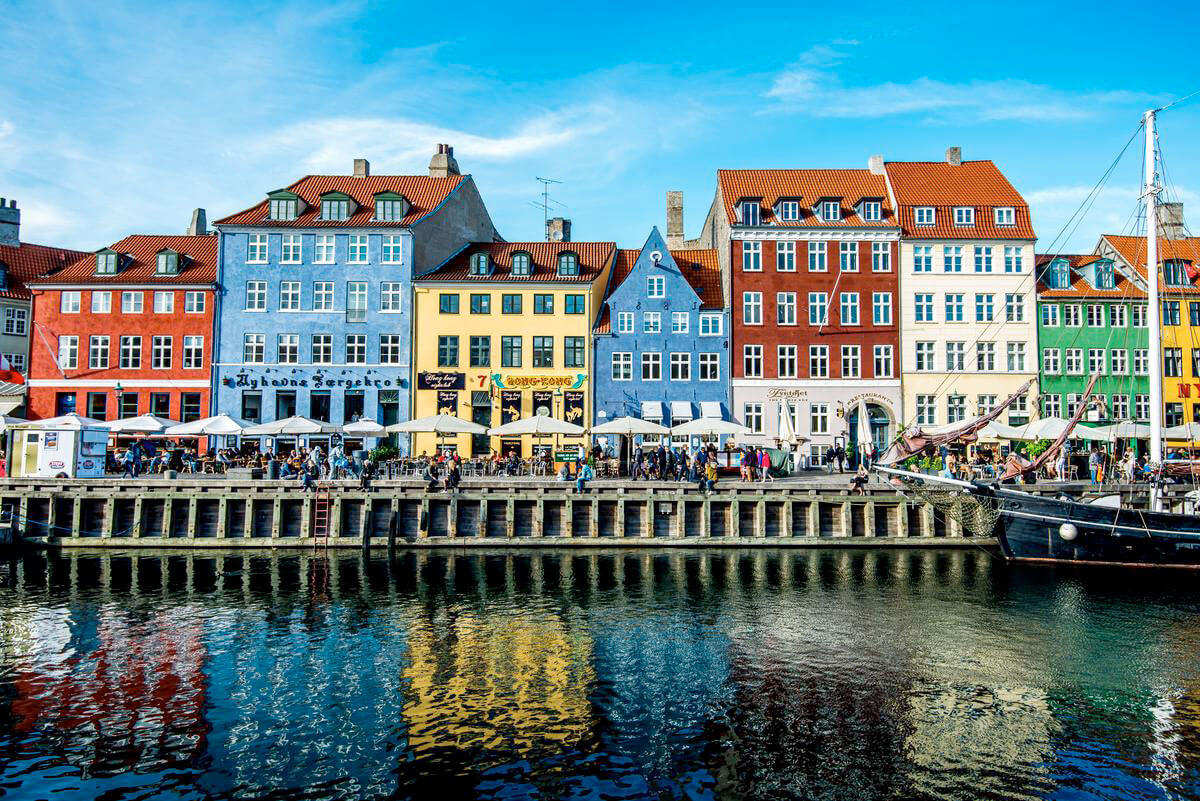
The colourful buildings of Nyhavn
A young writer’s view on why Copenhagen makes such an impression; and her pick of six hip young Danes, talking about why their capital is the best city in the world. And, no, it’s not about the hygge

By Ella Johnson
Copenhagen is fast becoming the coolest Scandinavian kid on the block. A fashion hub and destination of culinary excellence, Denmark’s capital is making waves around the world. And at the centre of it all? Its youth.
Copenhagen has an undeniable sense of vitality; it is a place where young people can challenge ideals and rewrite the rules. And what’s more, everyone appears to be tall, slim and stylish. Yet their mutual winning of the genetic lottery is the only thing these natives share in common. Each person dresses exquisitely and uniquely, oozing an innate personal style. Earthy hues keep these otherworldly urbanites grounded, whilst androgynous silhouettes nod towards a progressive society. And what’s refreshing is that none can be seen tottering on sky-high stilettos or wielding impractical handbags – the Danes dress for themselves and comfort is key. (Hint: if it can’t be worn on a bicycle, don’t wear it.)
So what’s the driving force behind this unrivalled style and nonchalance? You would probably guess hygge, and you may be right, although this overused term doesn’t even begin to get there. My concept of hygge is much more than ‘cosiness’ and woolly jumpers – it underpins culture as a whole. Egalitarian by nature, Danish society is people-oriented. It has nurtured its youth and they are thriving; Copenhagen is full of inventive young people simply living in the moment. Whilst navigating the bustling streets no-one can be seen brusquely pushing through the crowds, urgently trying to get somewhere else. It has been said that the journey is as important as the destination, and in no other place has this phrase rung so true. The Copenhagen kids are the ones to watch. Don’t just take my word for it – they’re here to prove it.
Mathilde Topsøe

Mathlide Topsøe
Mathilde is a 21-year-old student at Copenhagen Business School and has been working as a model part time for 5 years.
Describe your generation.
The youth are characterised by their passion for whatever interests them.
What makes Copenhagen special?
Somehow, the city has managed to stay very local – the atmosphere here is really something. The different neighborhoods [Nørrebro, Central Copenhagen, Vesterbro and Frederiksberg] all contribute something unique, making the city fit for everyone. Copenhagen tends to steal people’s hearts – it has mine, anyway!
Where are your favourite places to go?
If you ever find yourself in Copenhagen, take a walk to St. Ann’s place, have a coffee at Union Kitchen and then walk to the Amalienborg Castle. In the summer hang out at Ofelia Beach with music, street food shops and ice cream. The Meatpacking District [Kødbyen] is also a cool area with lots of great restaurants. My favorite is Gorilla, which serves new Nordic food in small portions so that you can share and taste a little bit of everything.
Where do young people go out?
Chateau Motel and Arch are the best clubs in town, while Balthazar and Ruby’s make great cocktails. My favourite wine bar is Nebbiolo, where you can share a platter of Italian specialties with a good bottle of wine.
Are you a typical Copenhagener?
I’m terrible at using my bicycle, which is very atypical! But I feel like a real Copenhagener on Sundays when all the shops are closed. The city is very quiet and all the people walking the streets are locals. That’s when I feel truly local.
Levino Tvarnø
21-year-old Levino lives on Amager, an island that forms part of the city, and works as a pub manager. He has always lived in Copenhagen and insists he will never leave.
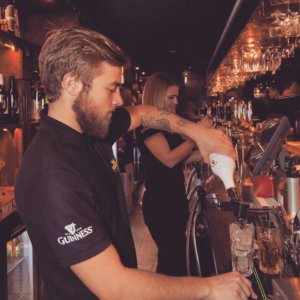
Levino Tvarnø
What’s the best thing about Copenhagen?
The rugged beauty in its architecture. My favourite building is Vor Frelsers Kirke [a baroque church, famous for its helix spire with extensive views over the city centre] – I think of it as the Danish Eiffel Tower!
Where do young people like to hang out?
A lot of young people go out at the weekend to Christiania. It’s a free state in Copenhagen – organised crime at its best!
How important is fashion to Copenhageners?
It’s quite common not to care about fashion in Denmark – sometimes it’s cooler not to.
Denmark was voted number one in the World Happiness Report for the third time last year. Do you agree with this?
I don’t personally see us as very happy people. I’d say the Danish are quite cynical! No one talks to each other on the bus or at the supermarket – people conversation. But there’s no doubt I’ve had awesome experiences with strangers. If we got voted the happiest nation, I’m not complaining!
Karla Bak
Karla is 15 years old and attends a boarding school in Oure.
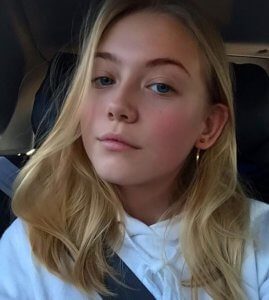
Karla Bak
What’s the best thing about Copenhagen?
The people. It’s a city that never sleeps! No matter what the time is, you’ll always see someone walking down the street.
Where do you hang out with your friends?
We like to be in the middle of everything – you’ll often find us at a café in the centre of Copenhagen on a street called Læderstræde. My absolute favourite is Café Zirup.
How would you describe your generation?
The Danish teenagers are quite wild. Our society is very relaxed – we can buy weak alcohol from 16, but we start drinking even earlier. We’re known as the teenagers who drink the most in Europe.
Do you think it’s a good thing that you can access alcohol from such a young age?
I do. Most teenagers here are very independent. We’ve grown up learning how to take care of ourselves.
What influences the way you dress?
I don’t care what people think of me. I dress to look good and to be the best version of myself, but if someone has a negative opinion about my clothes or me in general, I couldn’t care less.
What are your hopes for the future?
I’d really like to work with people – maybe those with social issues. My mother died a few months ago and she worked with a lot of different people in her life – prostitutes and drug-addicts, for example.
Celine Nyegaard
Celine is an 18-year-old student who lives in Vesterbrø. She has recently set up her own company, Valencia, selling T-shirts and hoodies using her own prints.
What inspired you to start your business?
I’ve always been a creative soul and couldn’t find a job in Copenhagen. I wanted to make some money and then I got the idea – there’s definitely a gap in the market for cool, simple t-shirts that aren’t as expensive as the big brands.
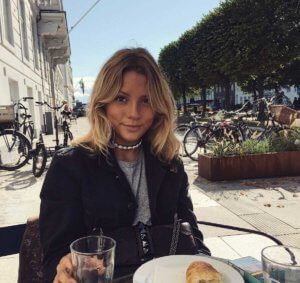
Celine Nyegaard
Is Copenhagen good for fashion?
In recent years it has definitely become more of a fashion hub. Fashion houses are popping up everywhere and there’s a great range of shops.
Where can you find the best food?
We have a market called Torvehallerne, which is like a big food court, where you can get all kinds of food. In Vesterbrøthere’s the Meatpacking District with great restaurants, too.
What’s your favourite thing about Copenhagen?
Whenever I walk through the centre, I almost always meet someone I know. It’s such a small place, but there are so many opportunities.
Anton Thiemke
Anton is 19 years old and in his final year at high school. He lives in central Copenhagen and works in a coffee shop, Henckell, in his spare time.
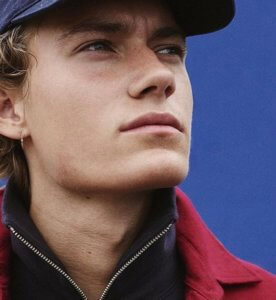
Anton Thiemke
What’s the most striking thing about Copenhagen?
Definitely the youth culture. I don’t know how to explain it. Creativity is a big thing for young people here; you can drop out of school and go study whatever you want for free. There are so many opportunities.
Is fashion important to you?
Of course! It’s very important to Copenhagen kids. There has to be some distinction in what you’re wearing here. You have to wear what you think is cool – but not just because some cool rapper wears it. That’s what’s great about the people around me – they don’t care what other people wear. Young people are very creative.
Where do you and your friends hang out?
We spend a lot of time at nightclubs. One of my friends is opening a one right next to where I live, so I’m going to be there a lot!
Randi Mølmark
Randi Mølmark is 24 years old and hopes to study Film and Media Science at the University of Copenhagen.

Randi Mølmark, trave
What makes Copenhagen a great place?
I love that it has both modern and mid-19th Century elements. With great artists like Hans Christian Andersen and film director Carl Theodor Dreyer, it’s definitely an inspiring place.
Are you a typical Copenhagener? Do you ride a bike?
Do I ride a bike?! It’s like asking someone if they breathe! A bike is a necessity in Copenhagen.
How would you describe your generation?
We’re very relaxed about a lot of things. Creativity is huge for us – we get a lot of support from our society, especially when it comes to art, which allows us to just follow our dreams.
Where do you and your friends go out in Copenhagen?
Everything closes at 5am when it comes to partying so young people are out all night! My favourite bar is McJoy’sChoice [on the Nyhavn waterfront] with good beer and great people. If you want an amazing hot dog just go to the local stands all over Copenhagen. But the best place is Tivoli. It’s a magical park in the middle of the city with rides and food, and in the evening it’s just beautiful.
LUX will be back to report more in-depth on the Copenhagen scene very soon, so watch this space.
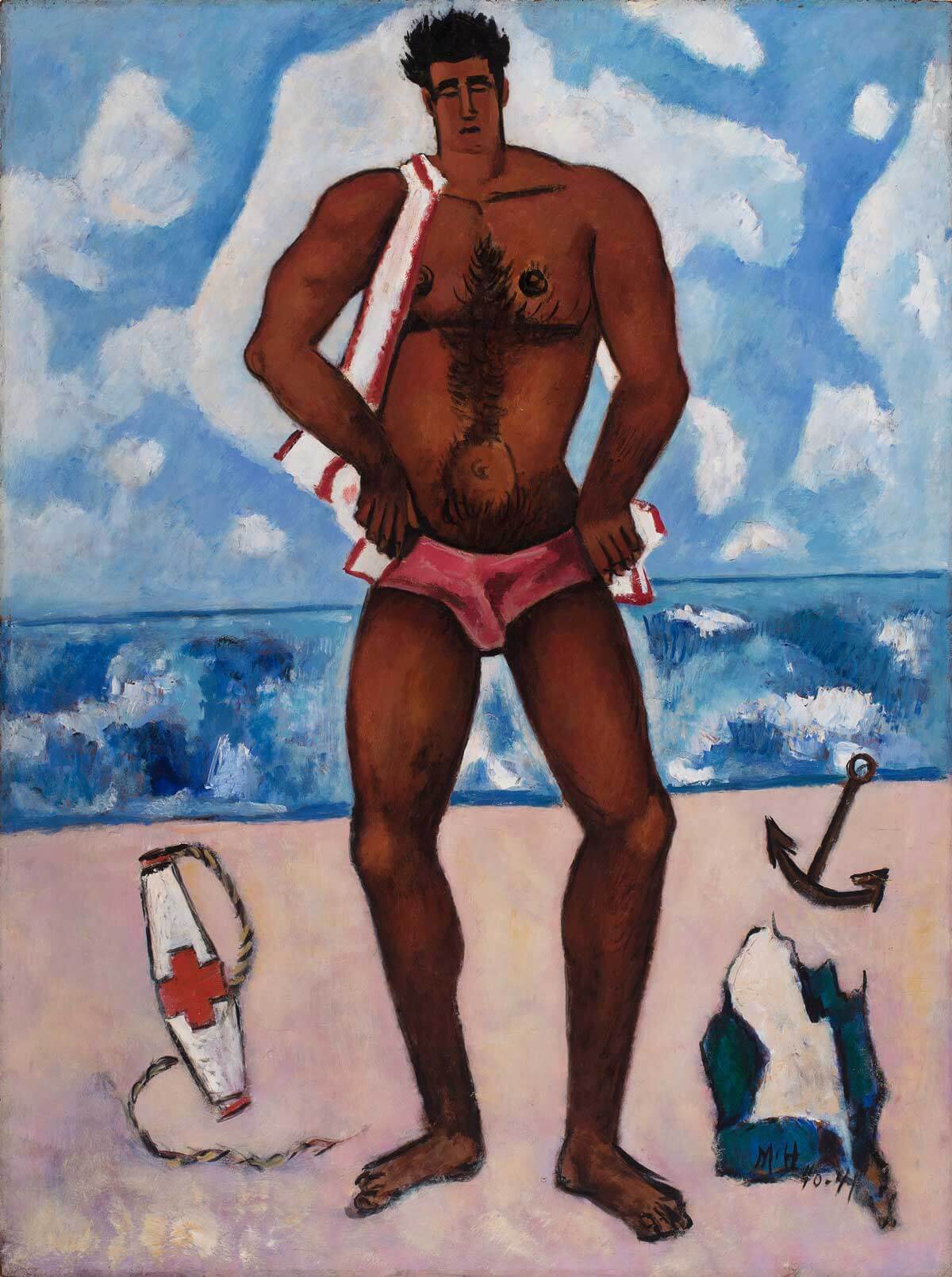



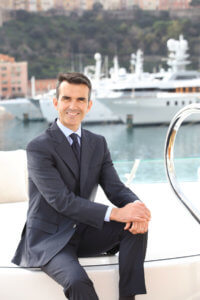
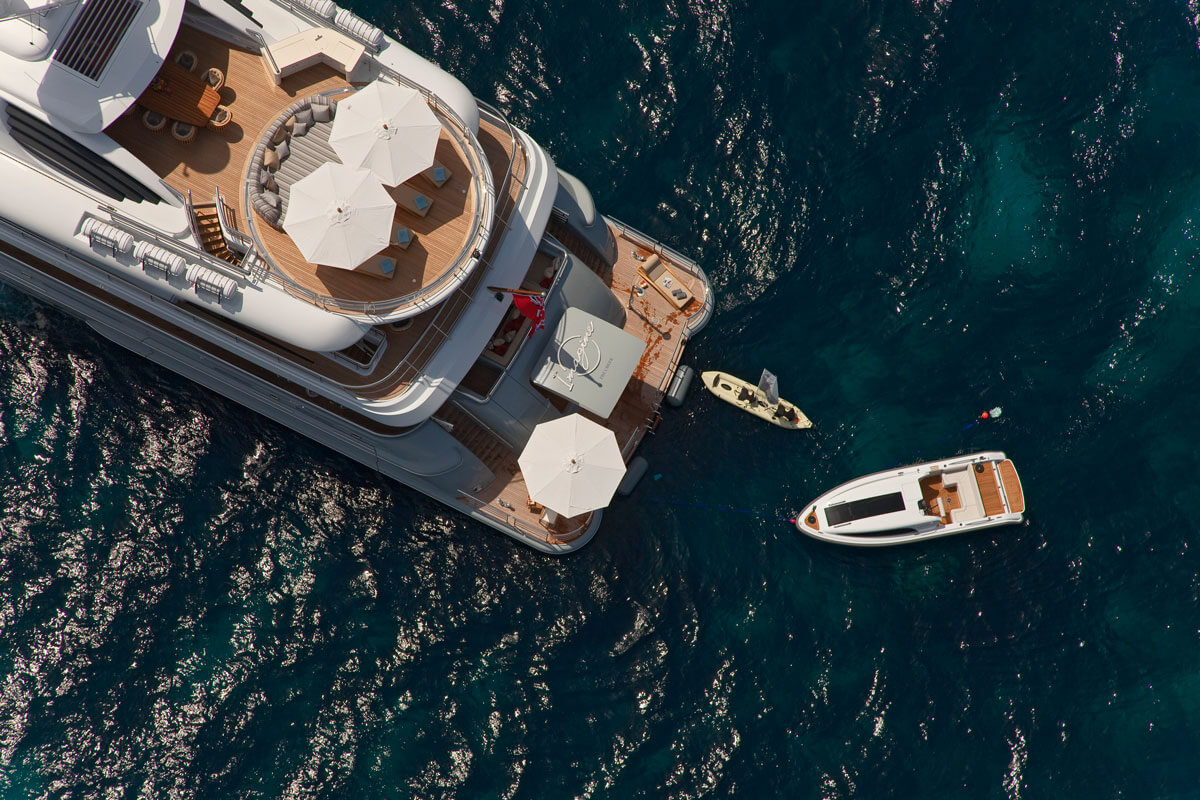
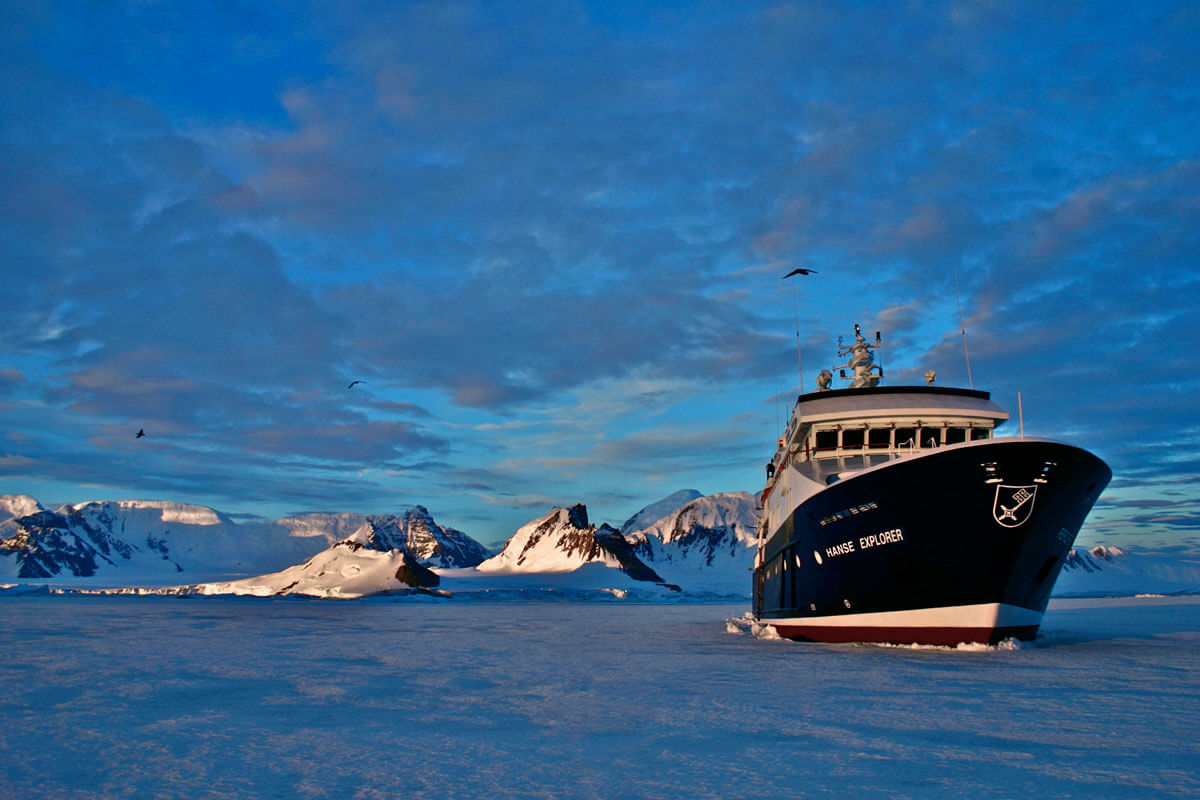
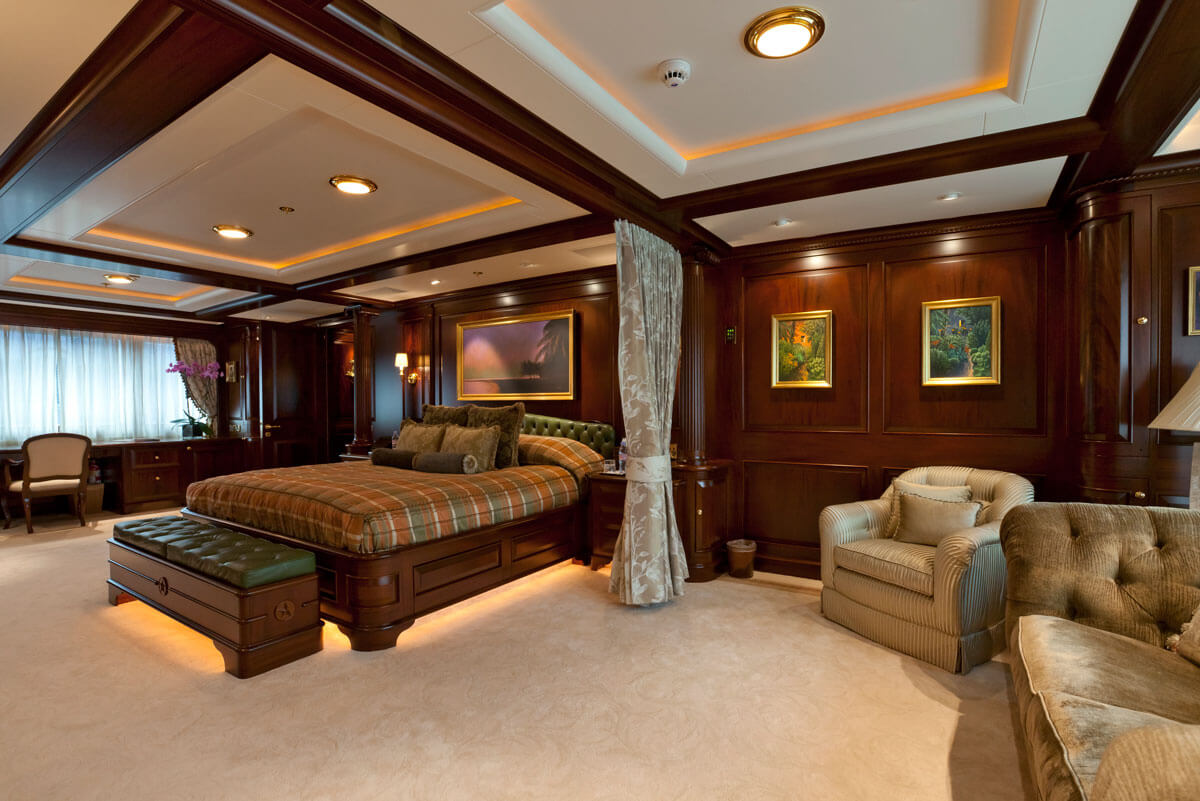
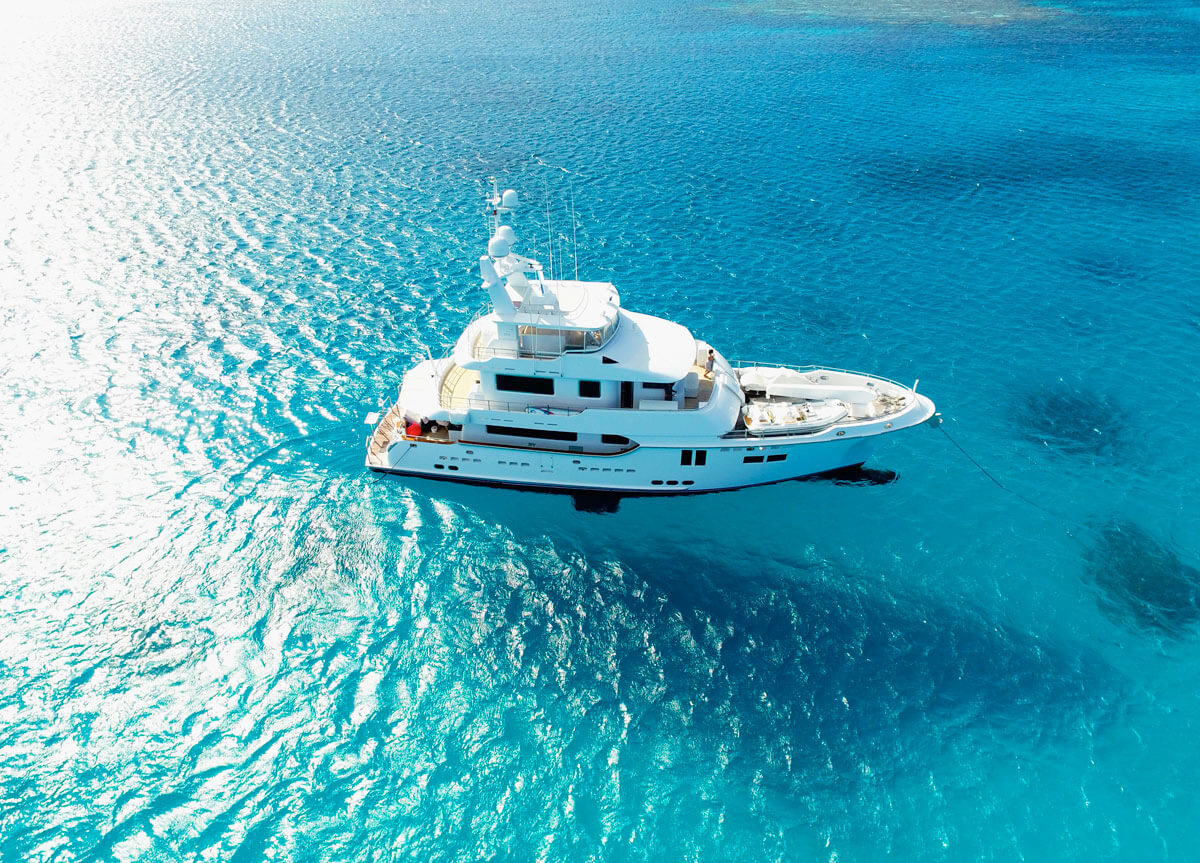
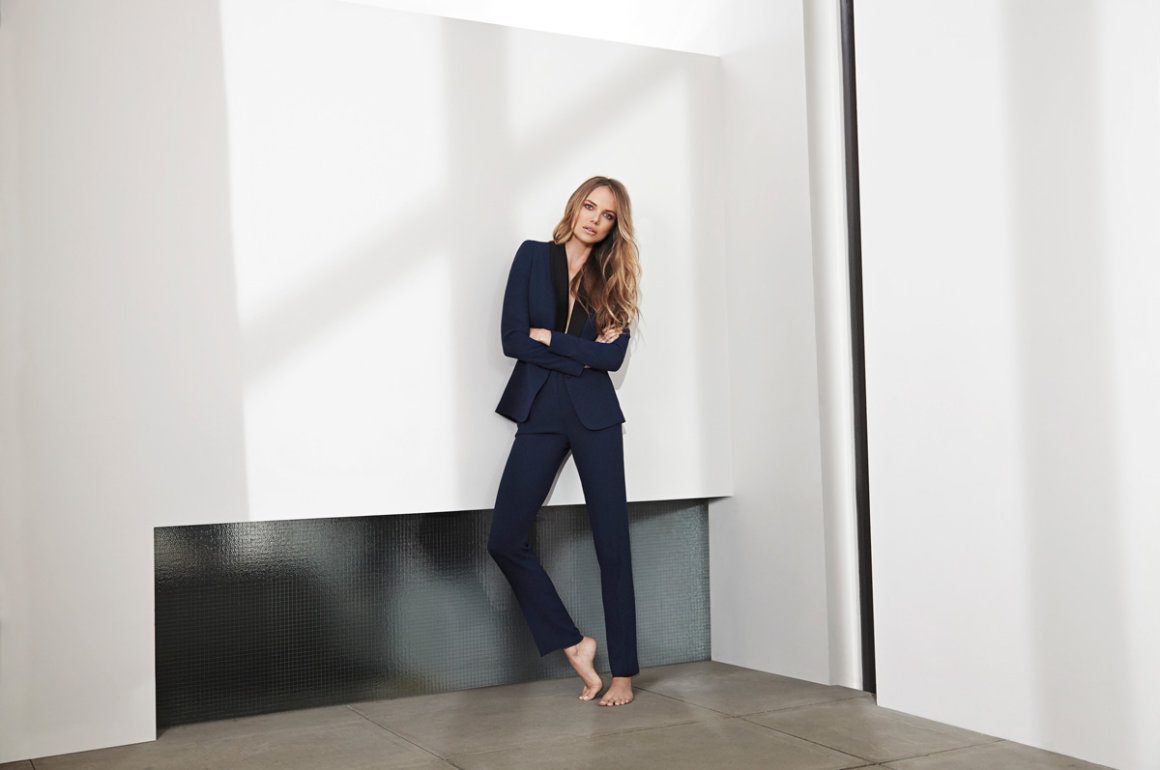
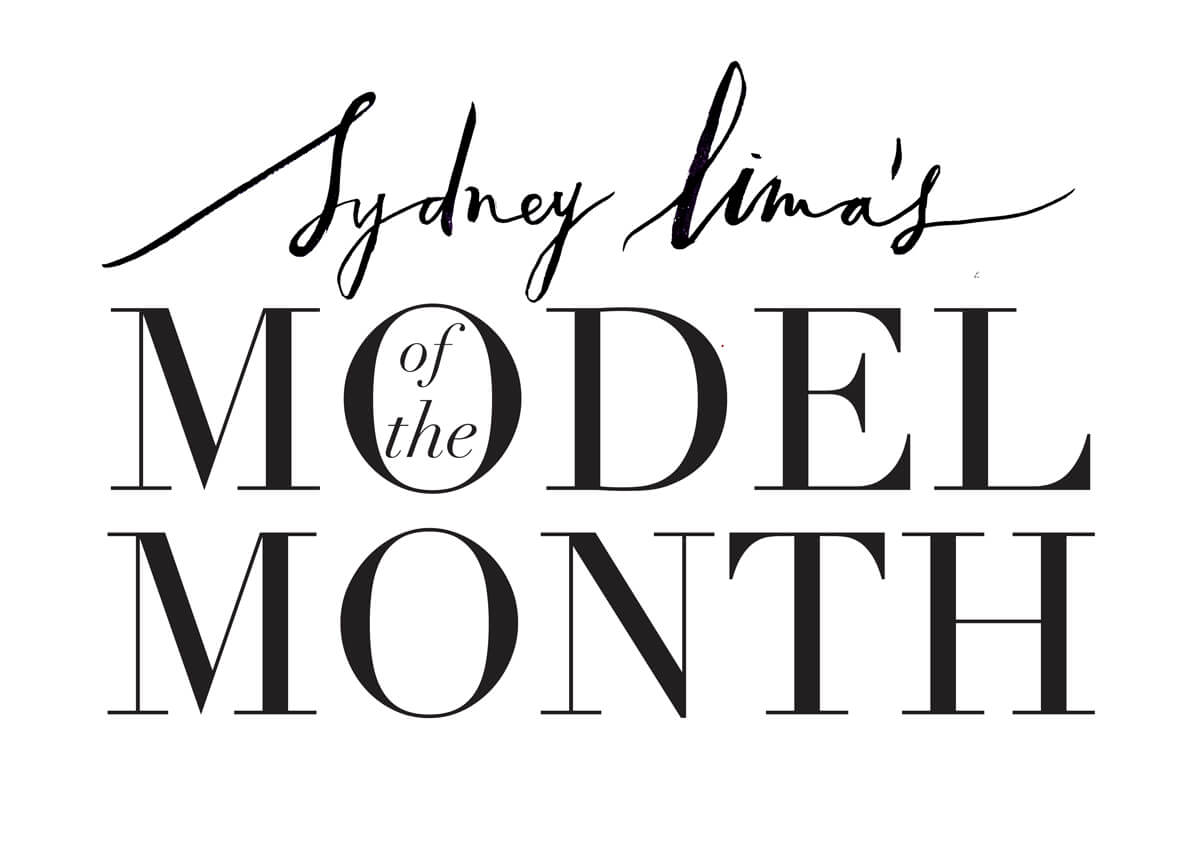
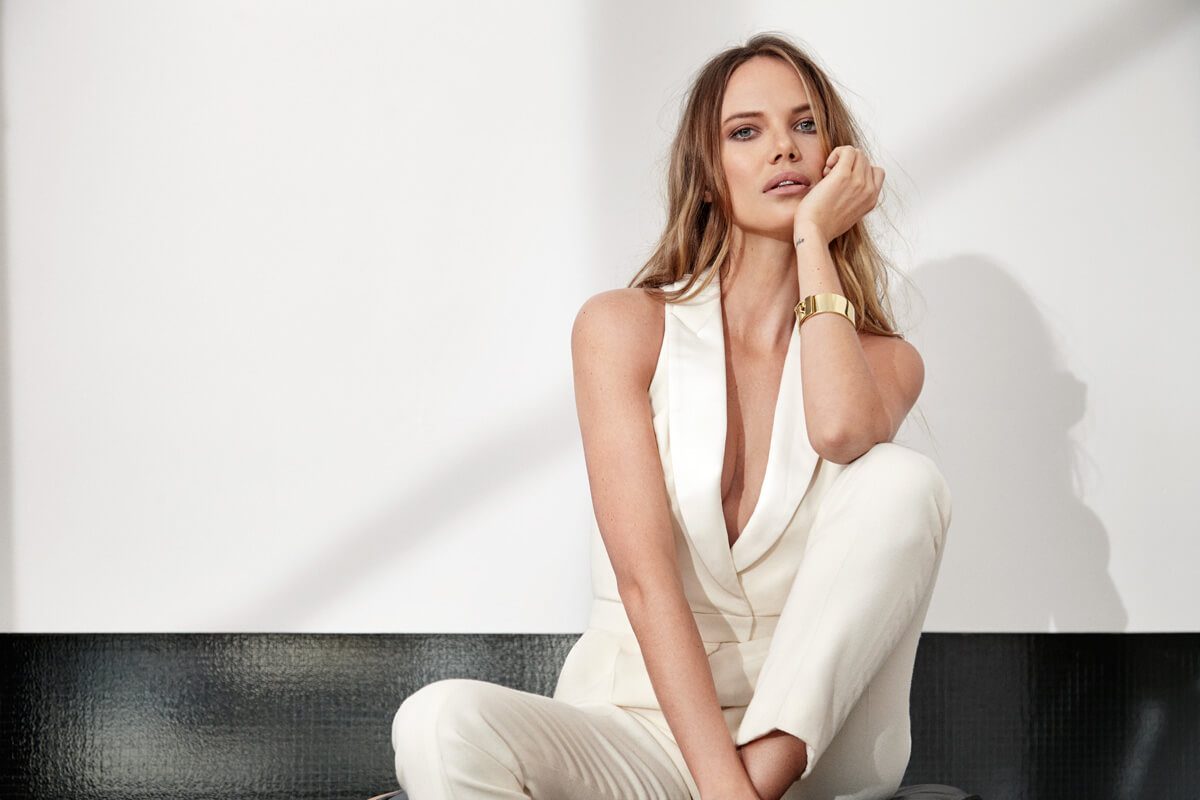

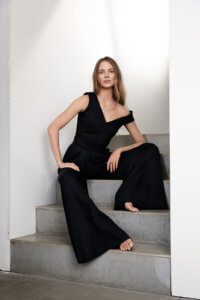 wonderful memories from that shoot.
wonderful memories from that shoot.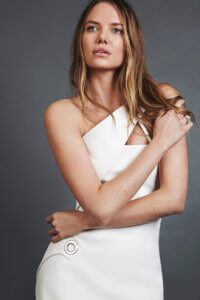 SL: What inspires you on a daily basis?
SL: What inspires you on a daily basis?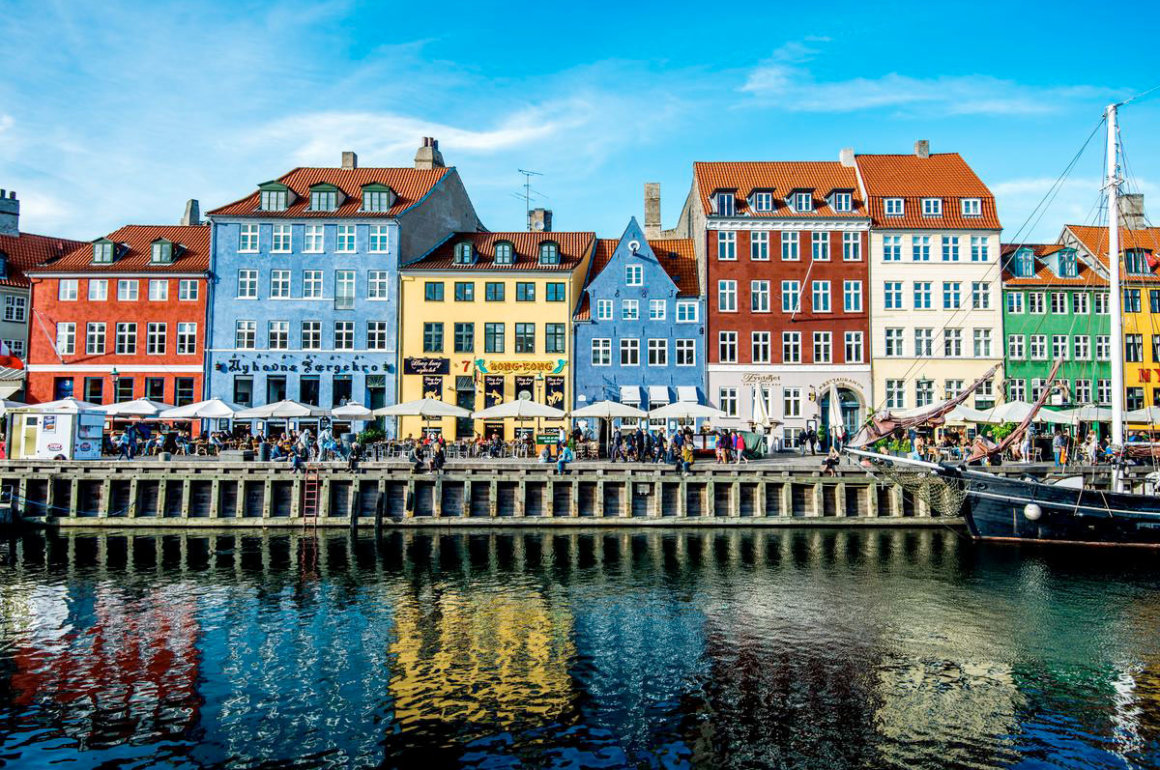








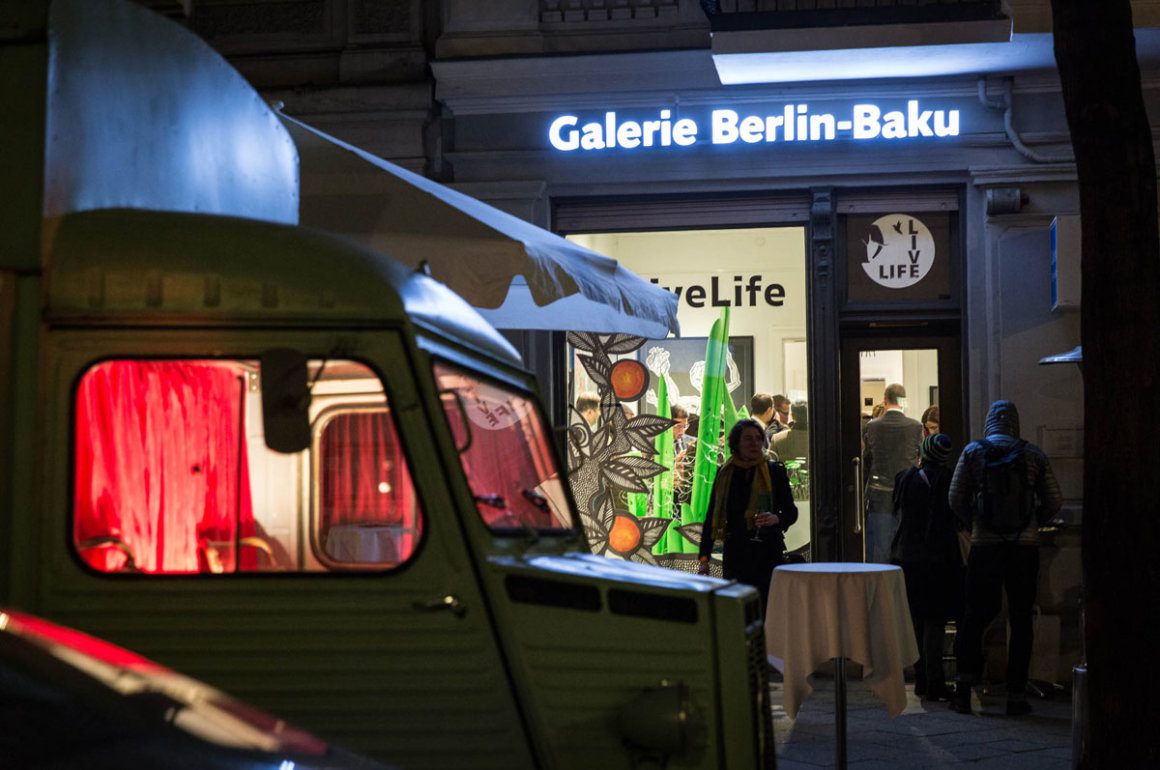
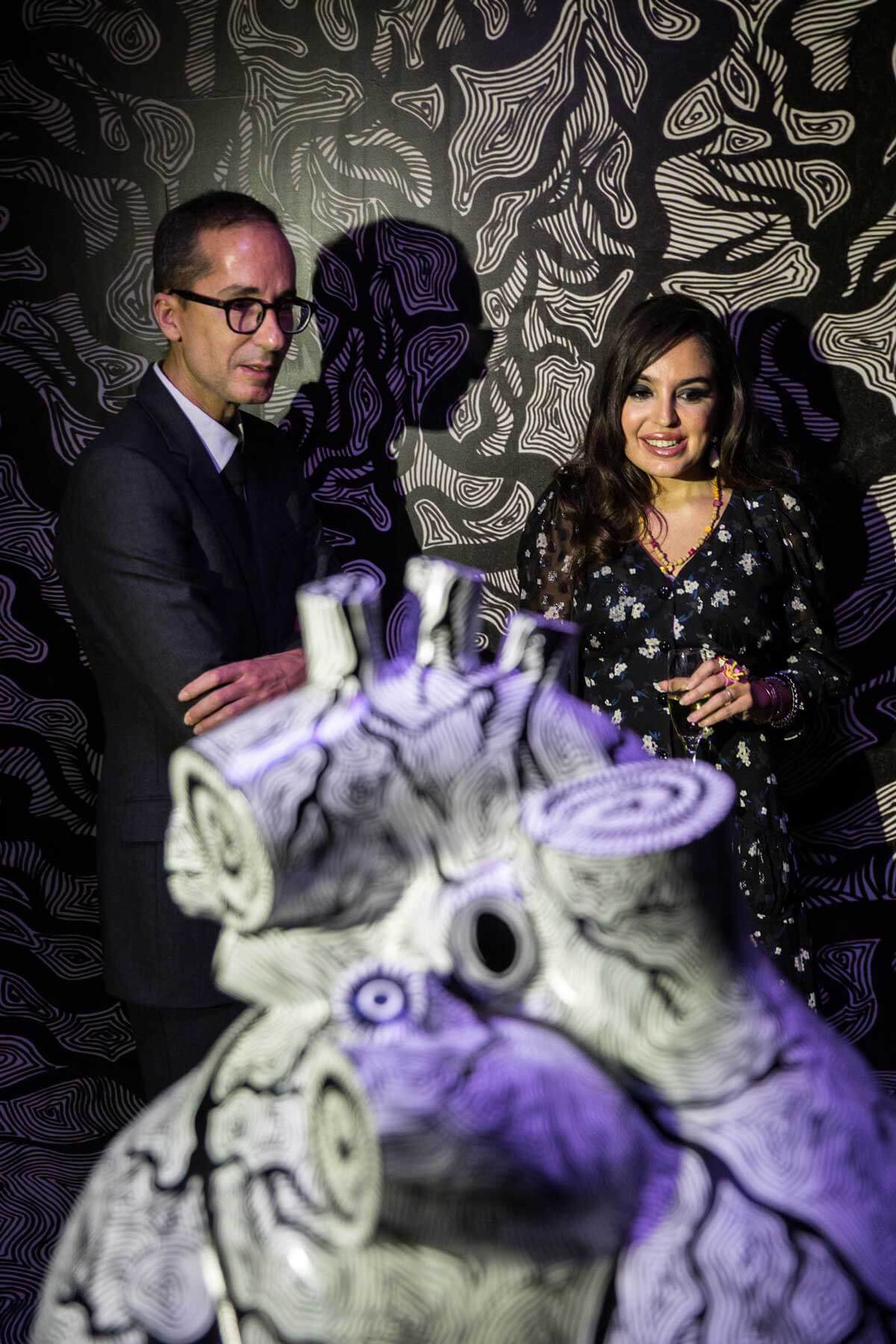
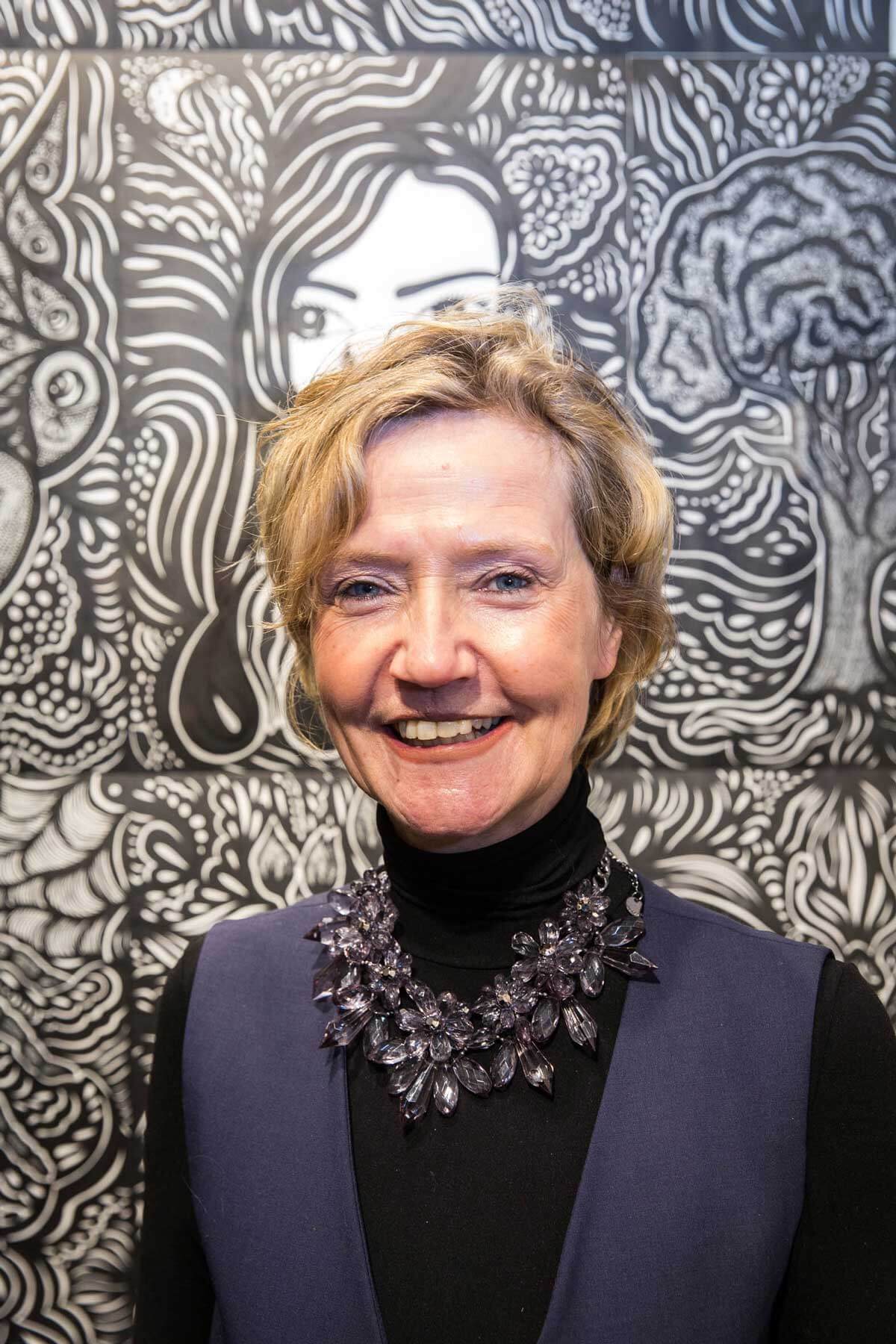
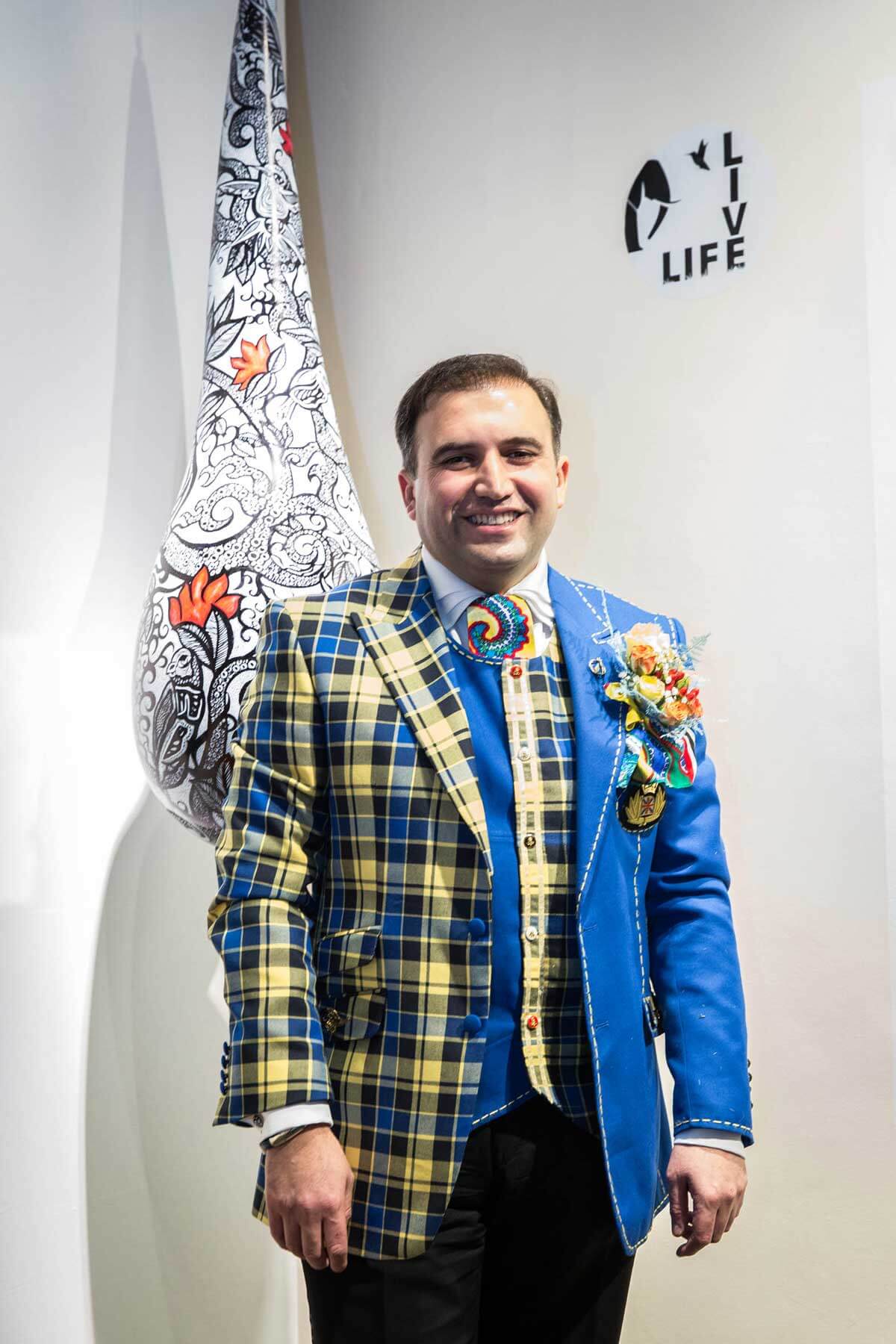
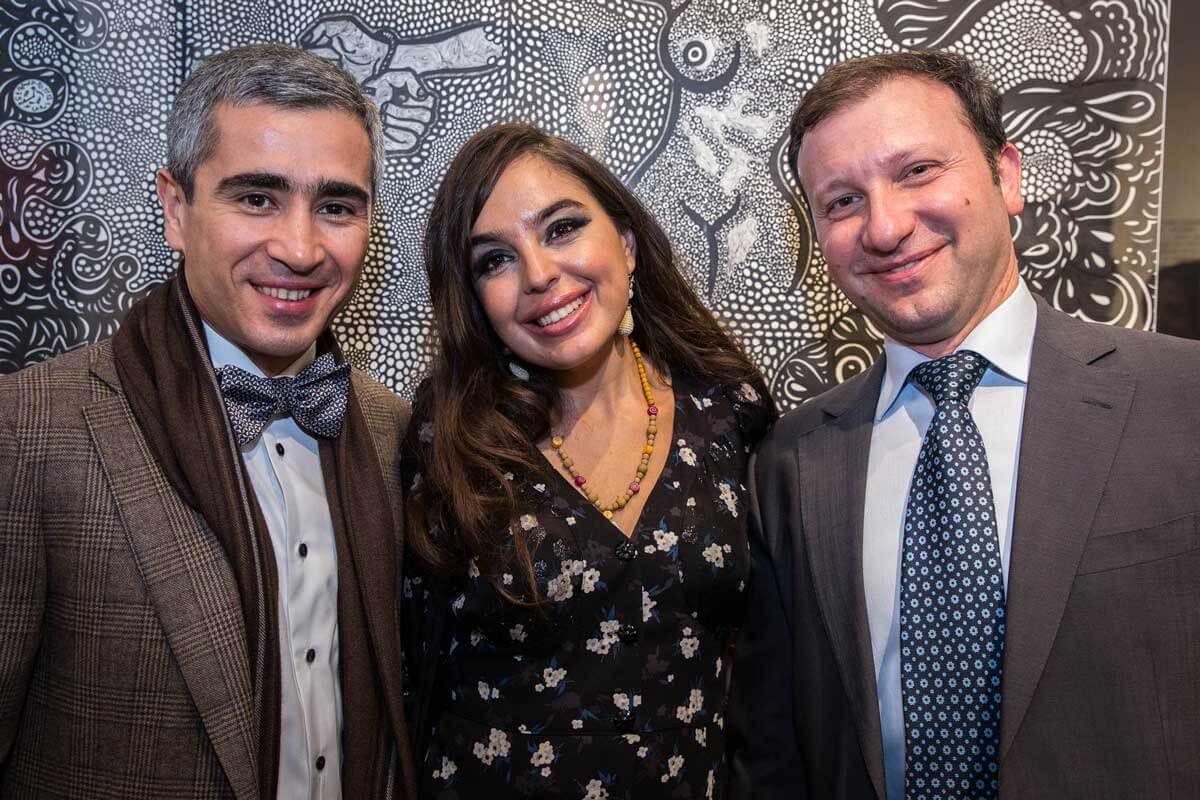
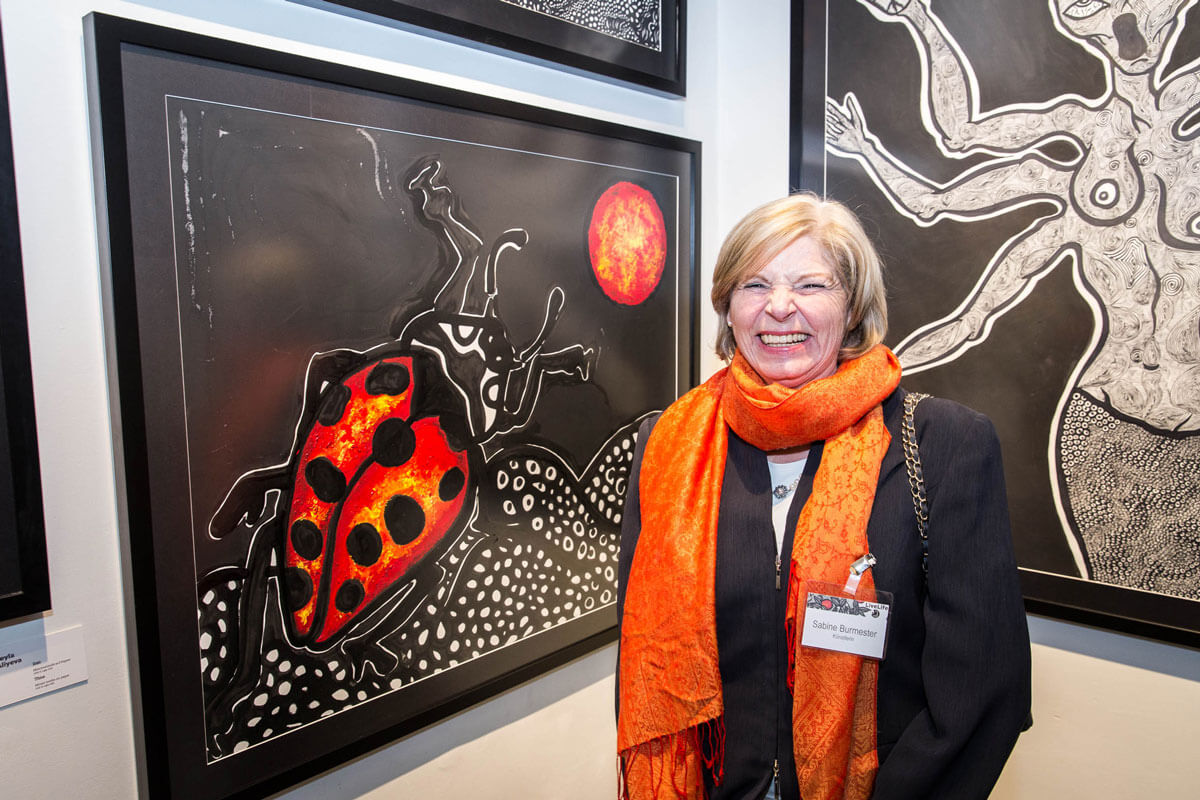
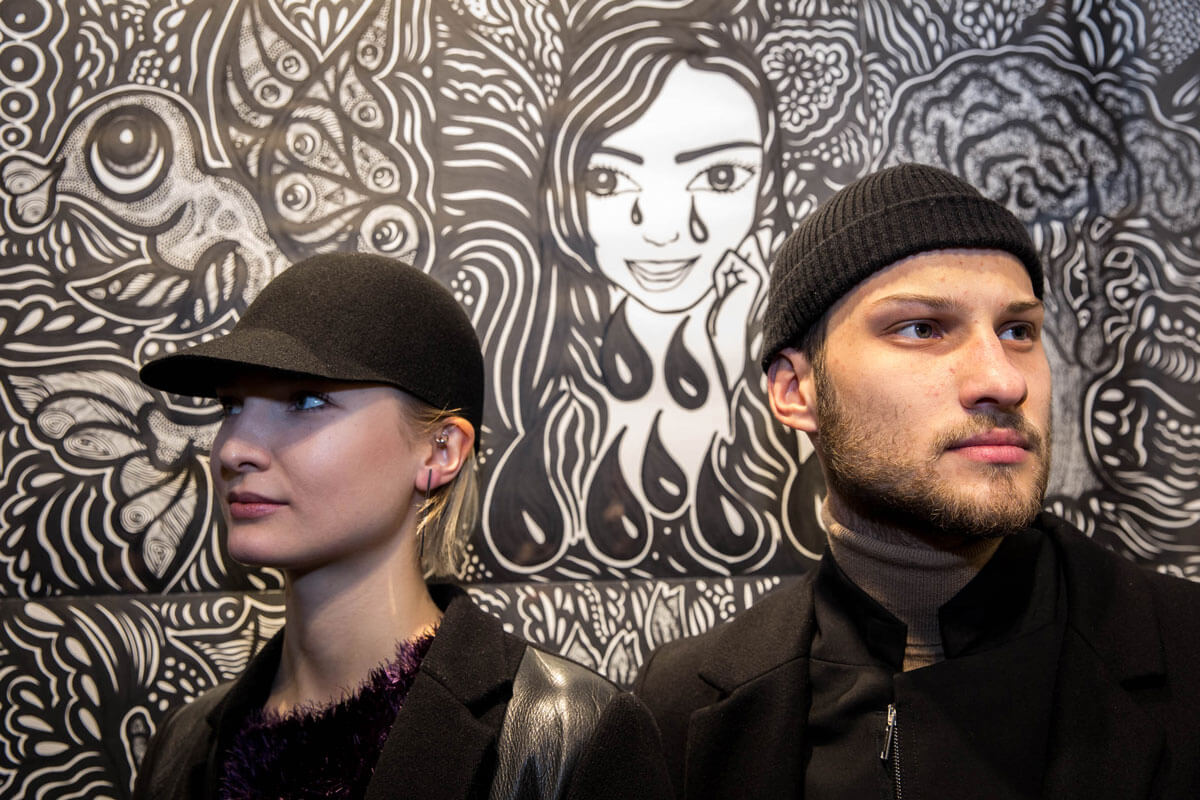
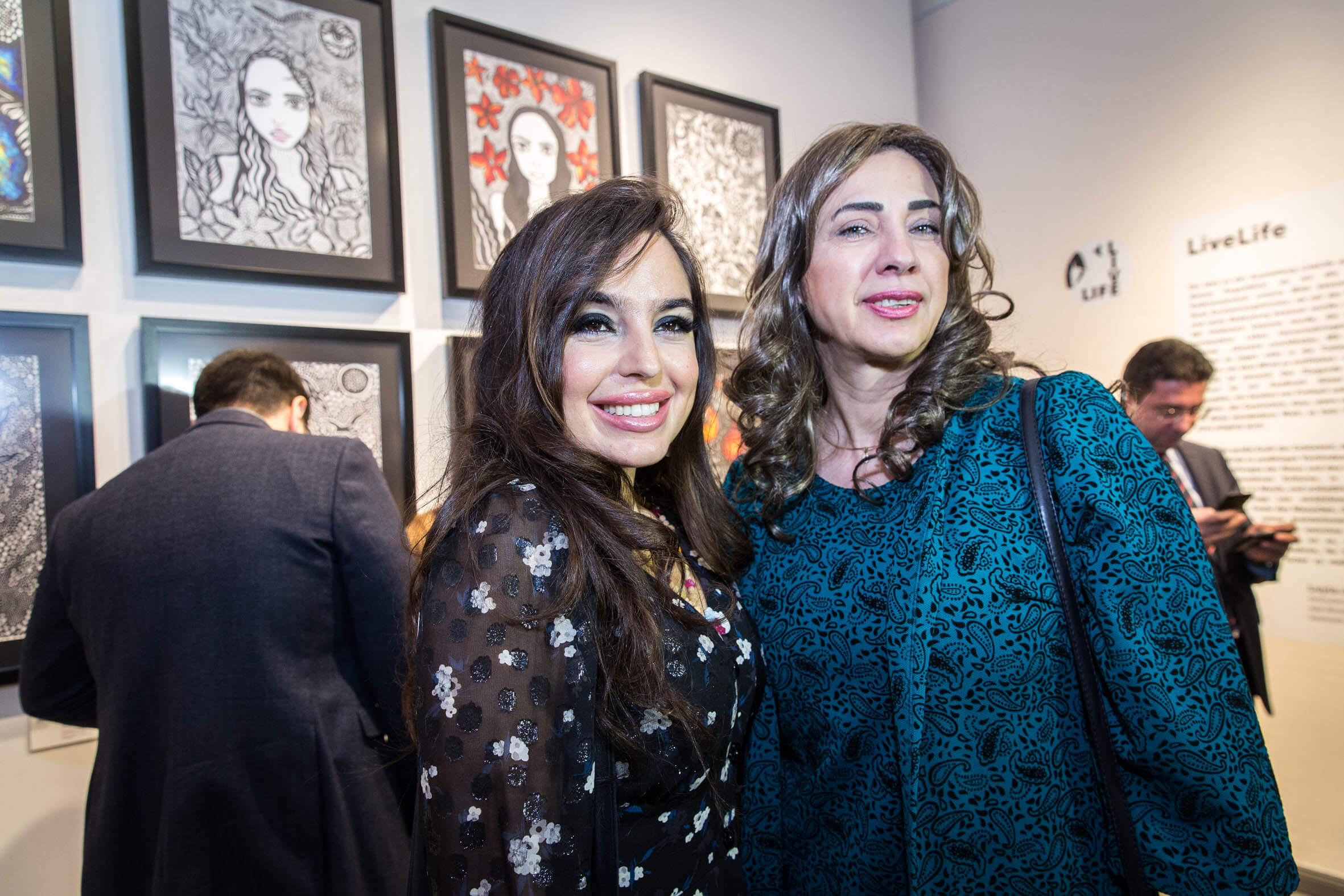
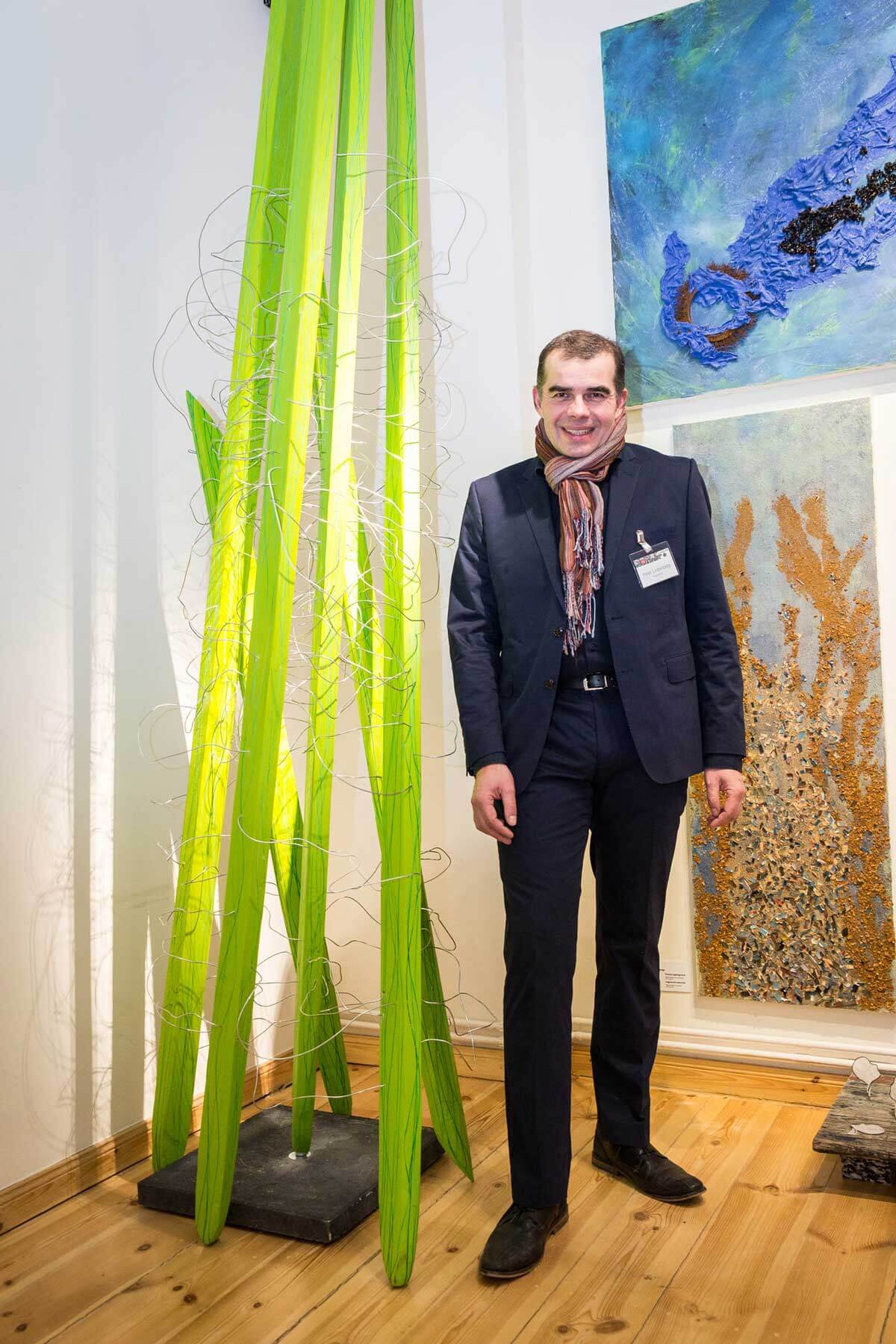
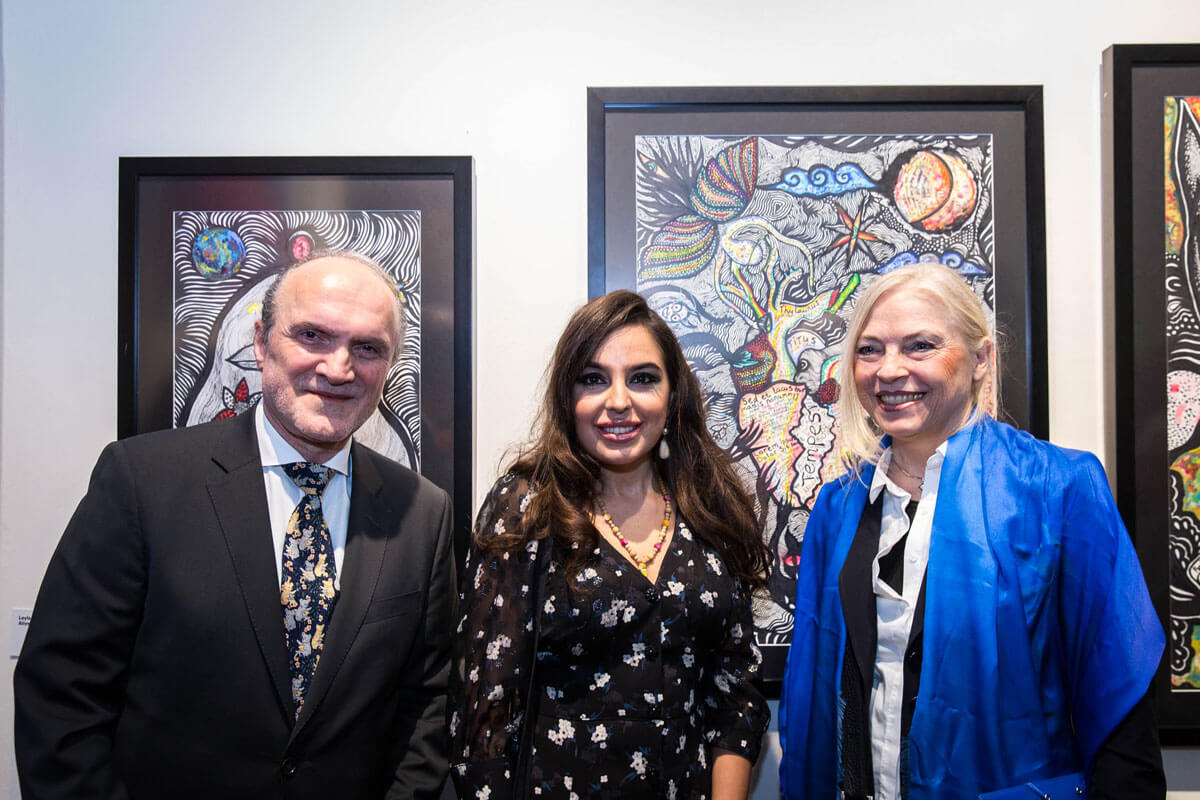
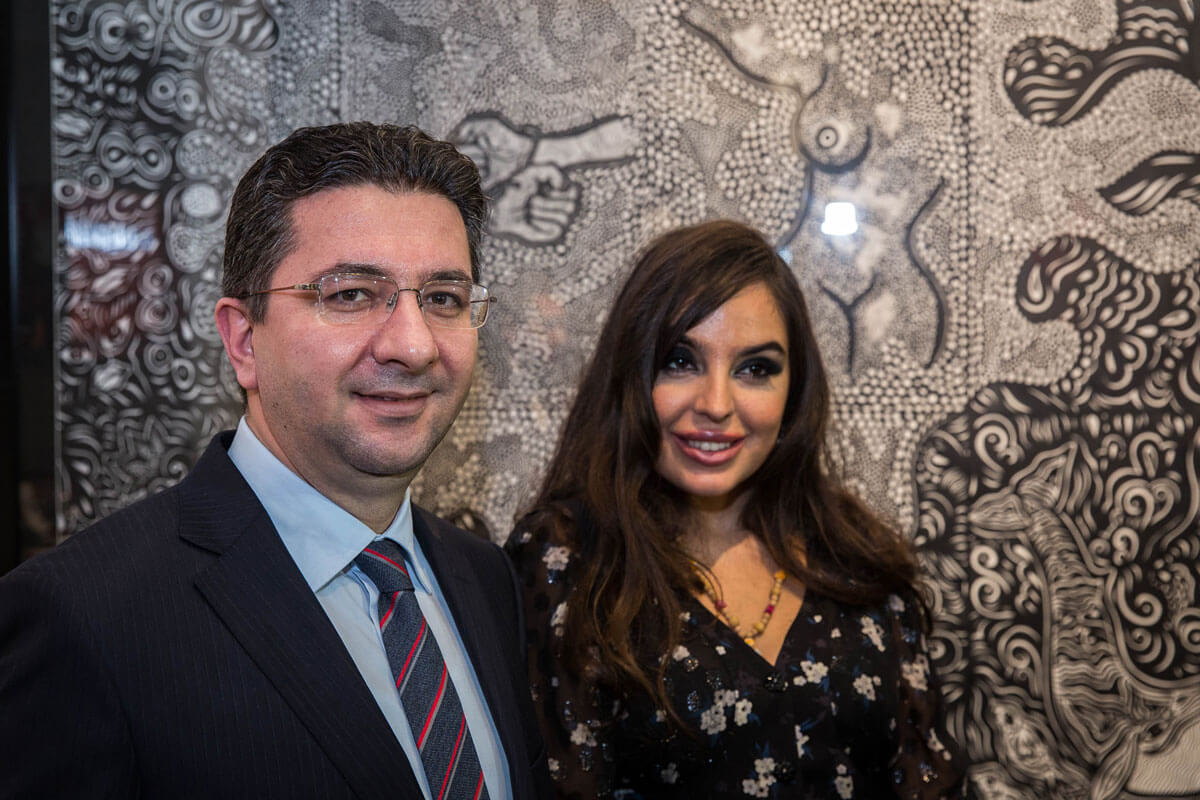
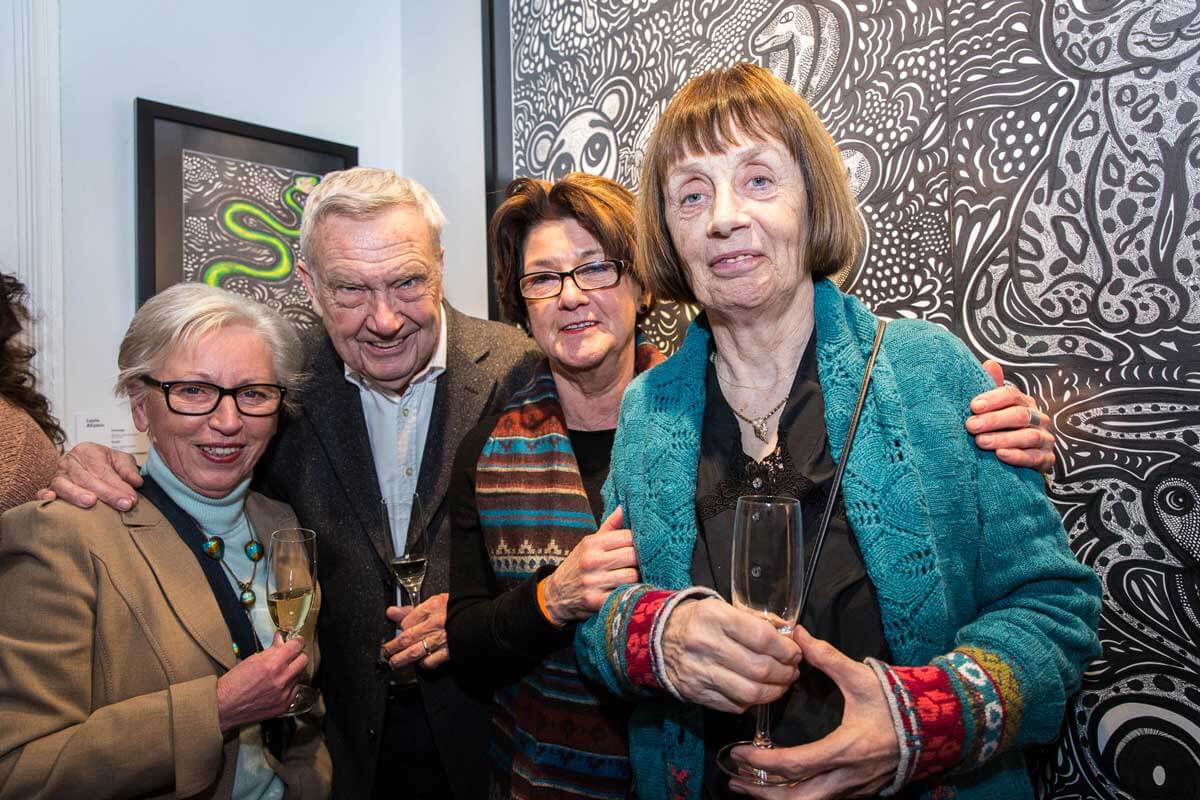
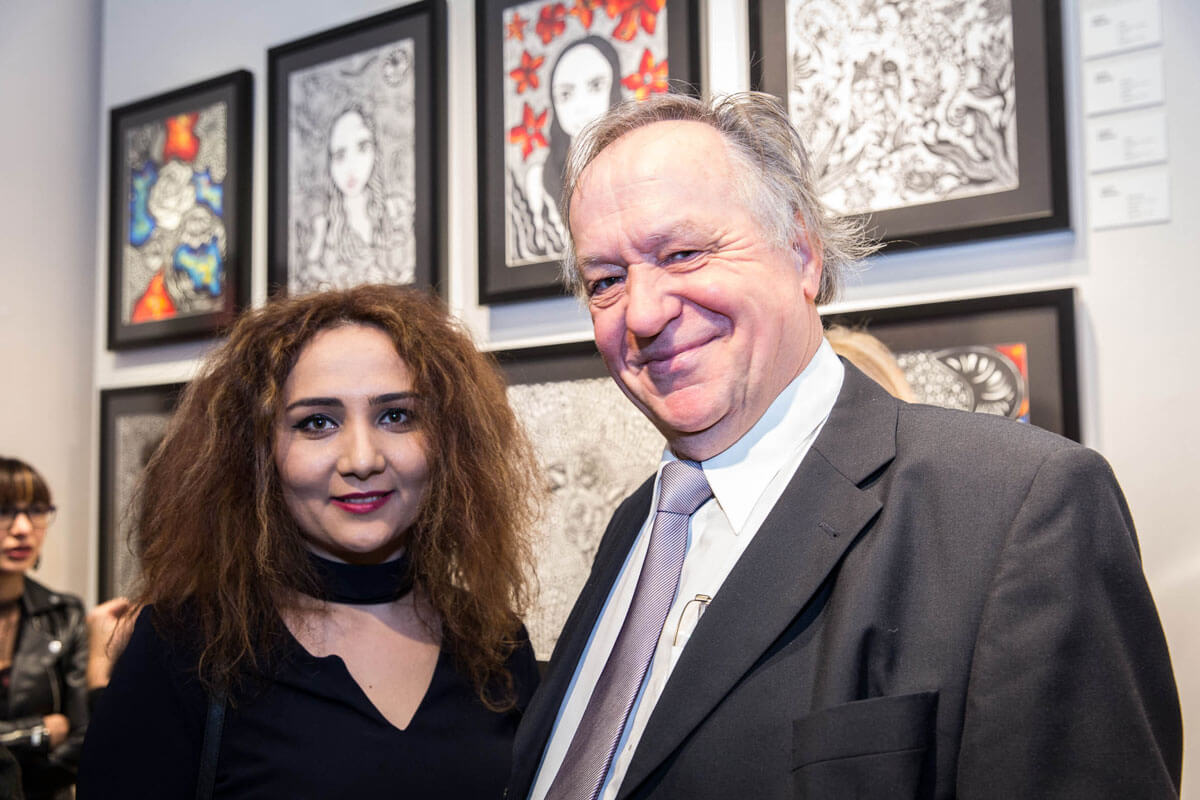
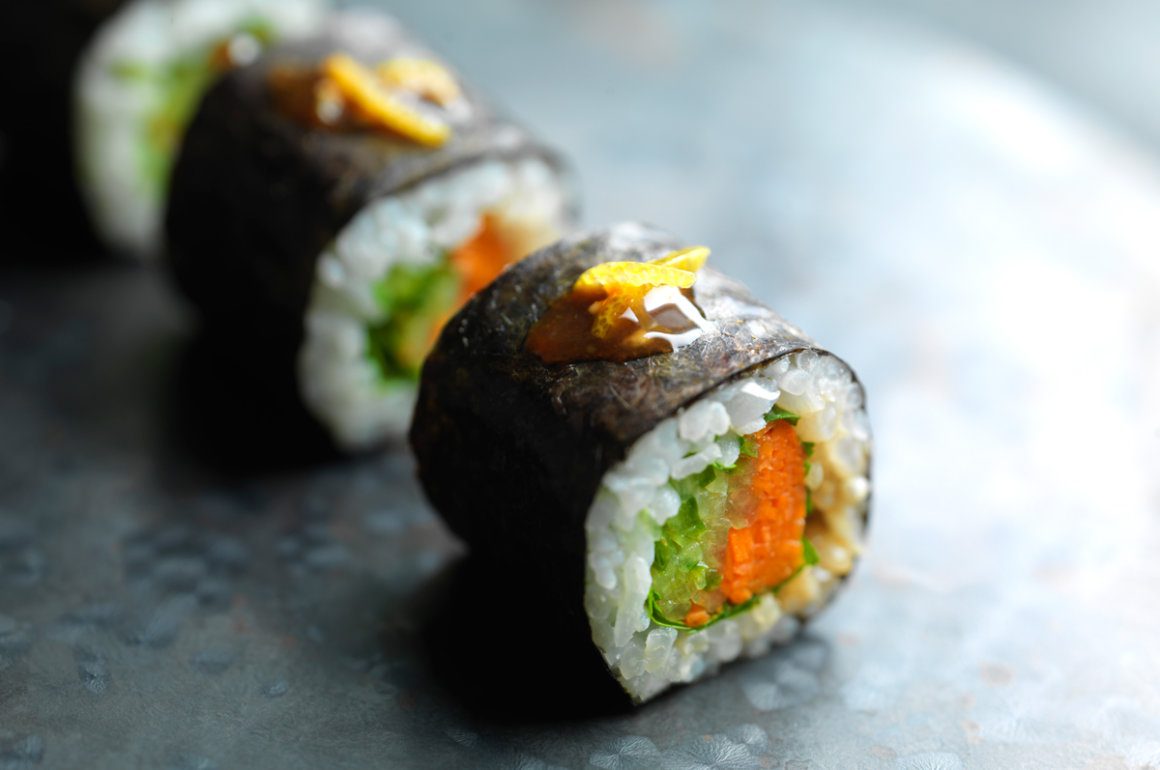
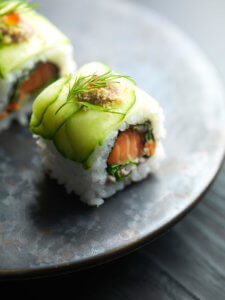
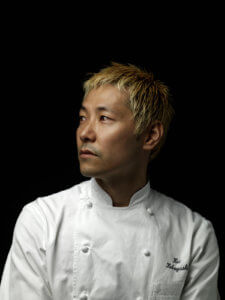
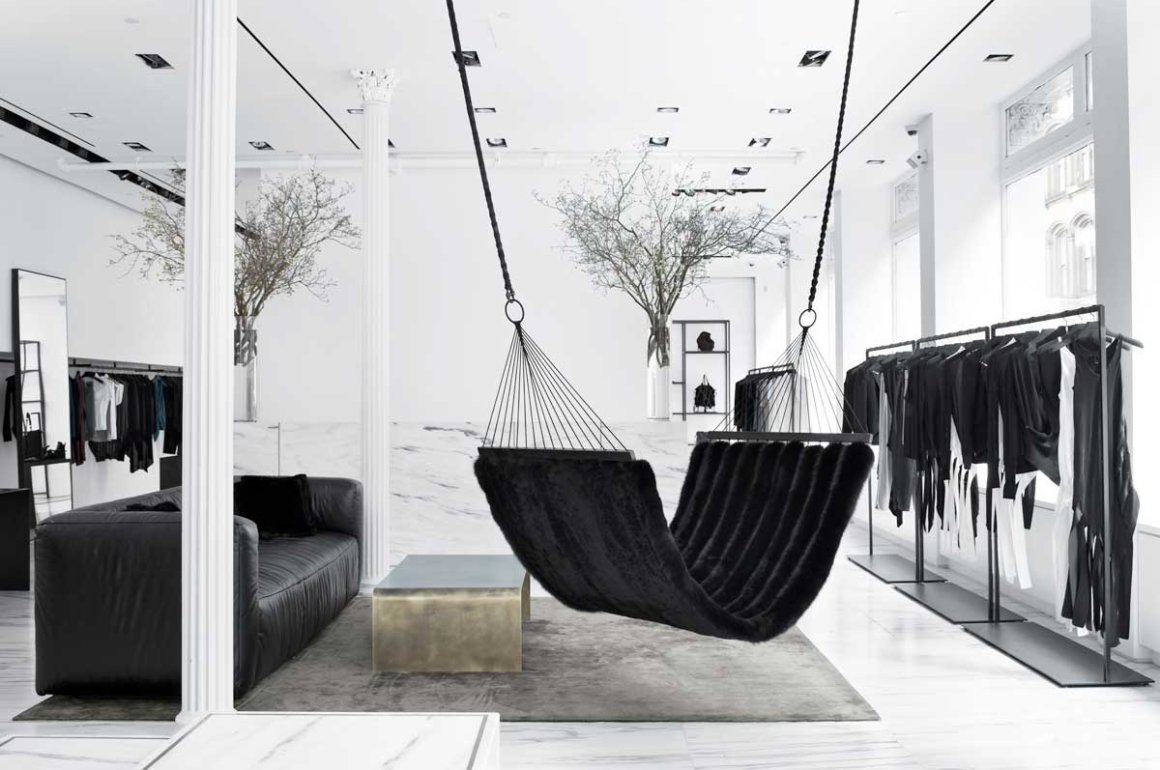
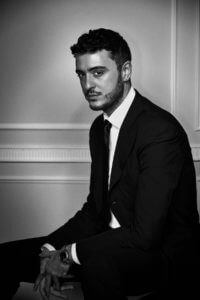
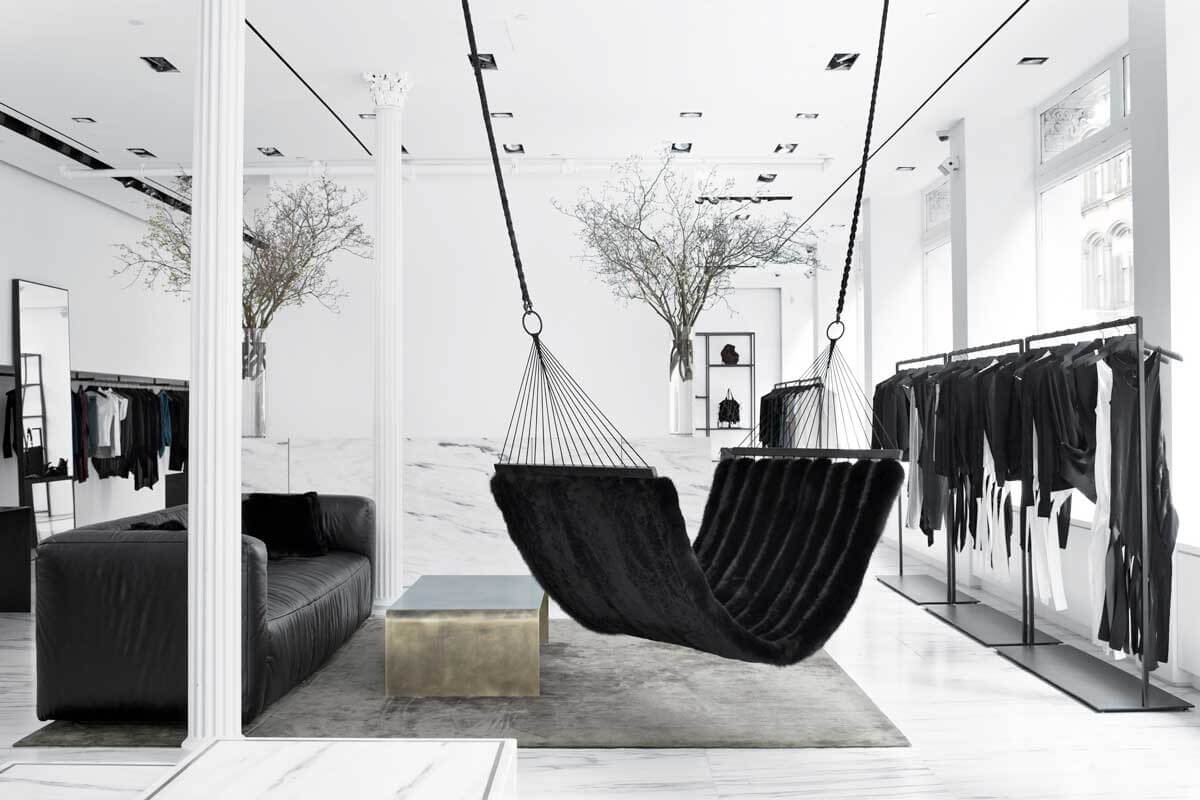
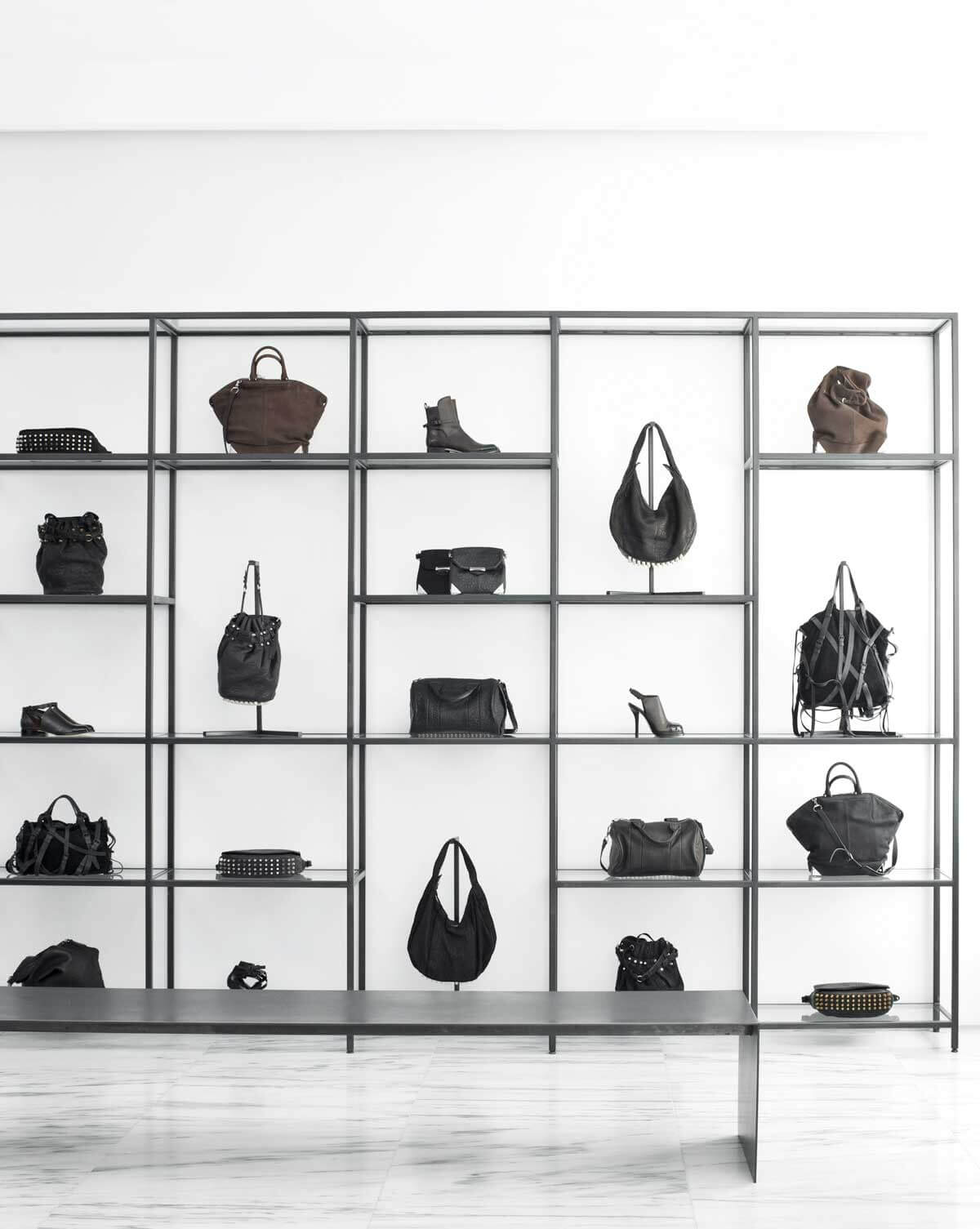
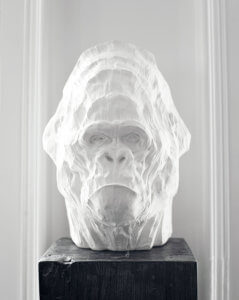
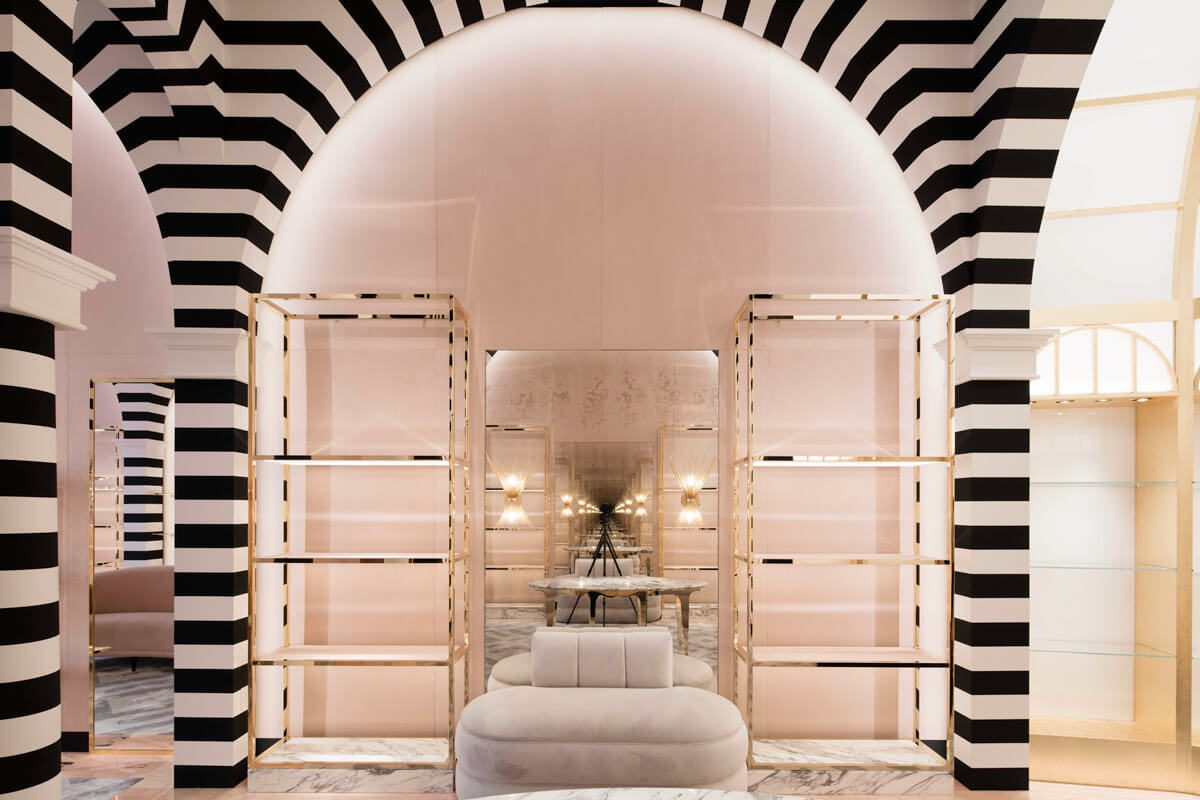





Recent Comments